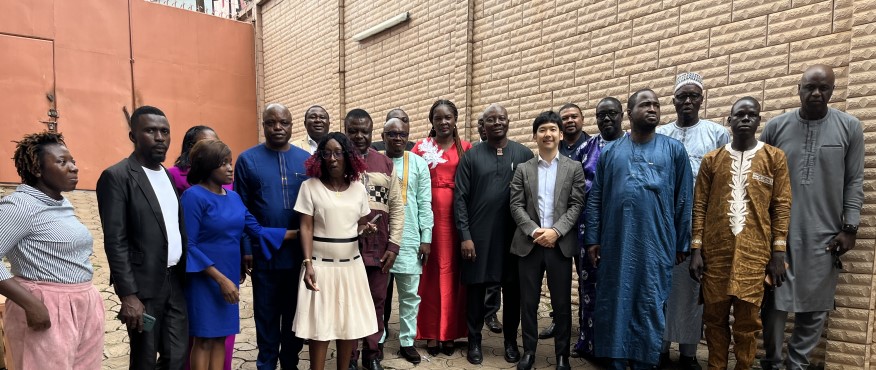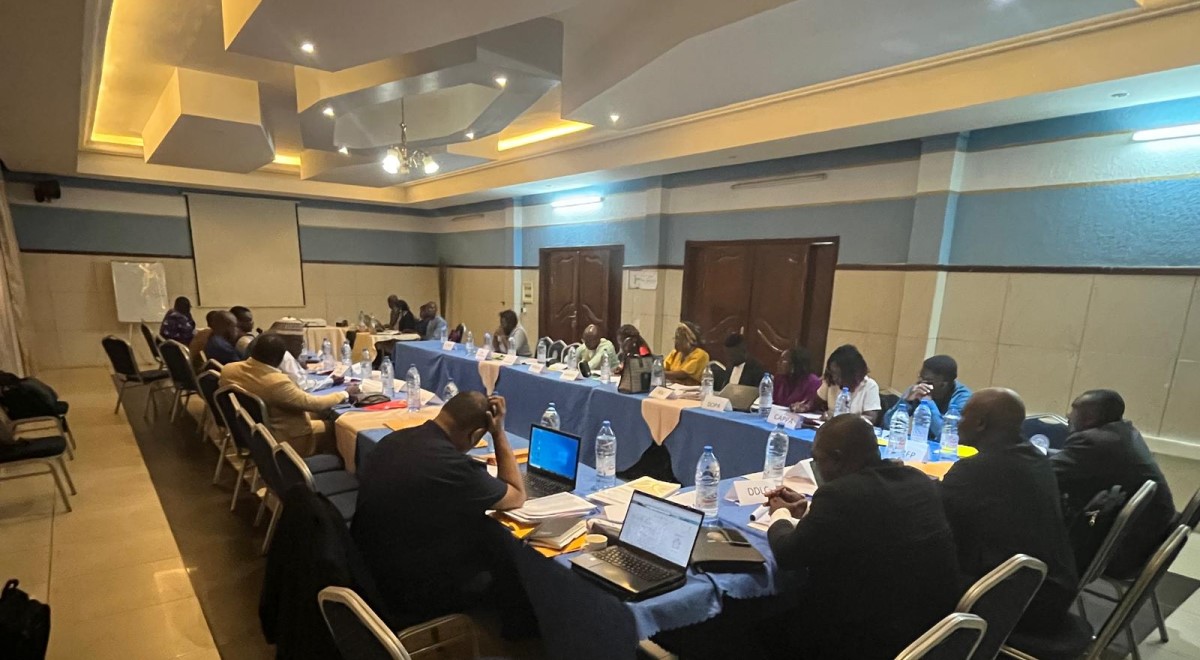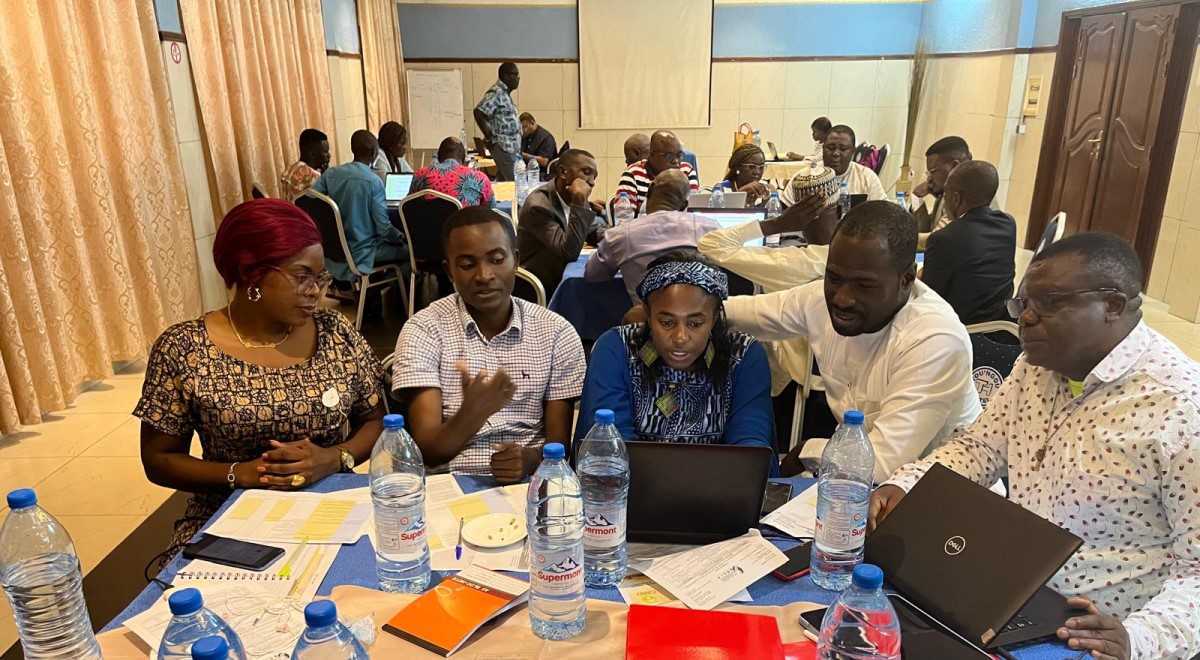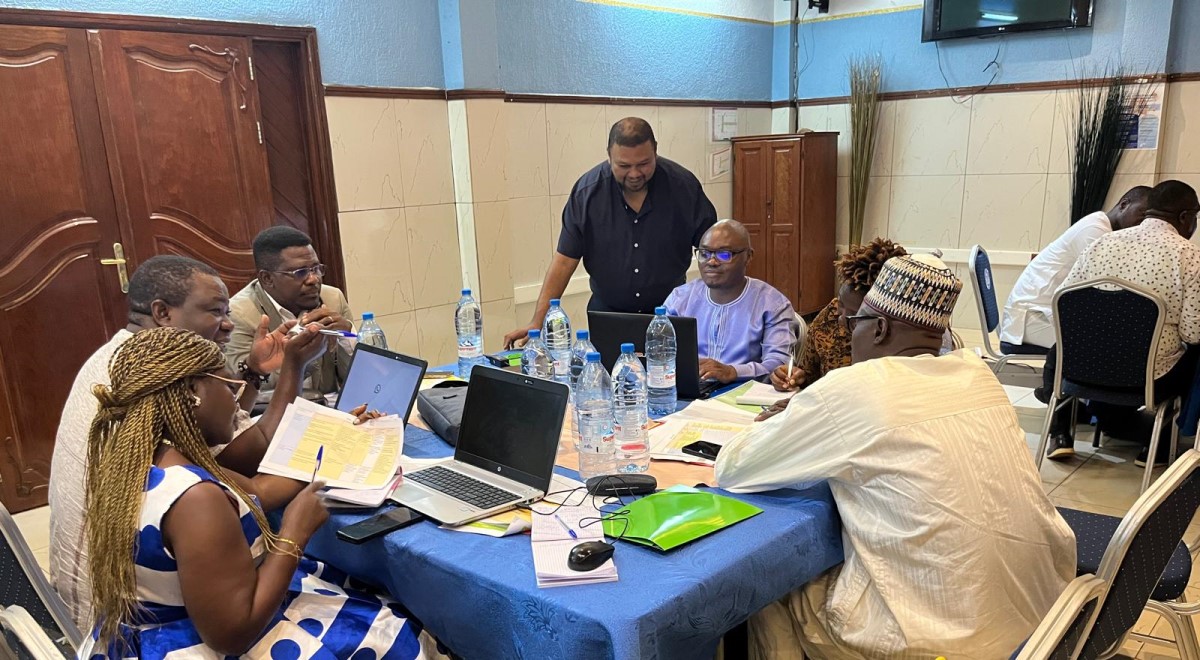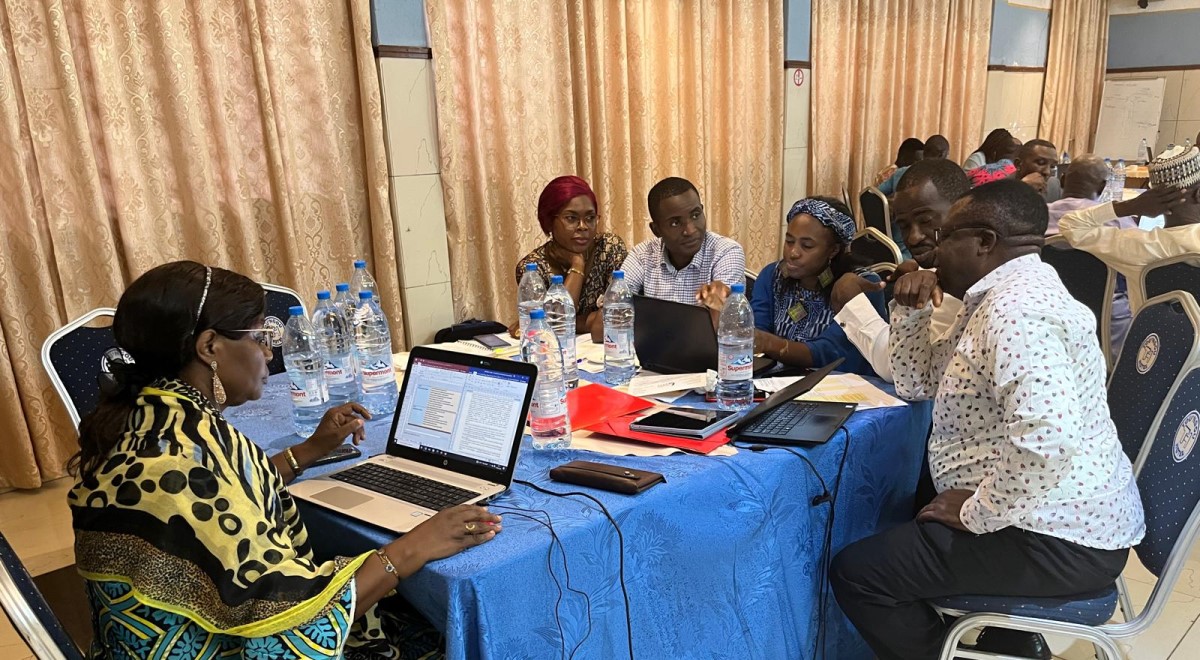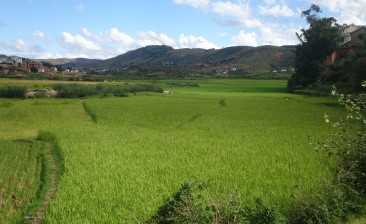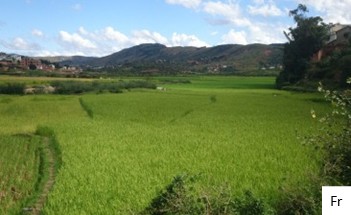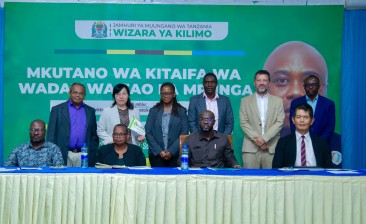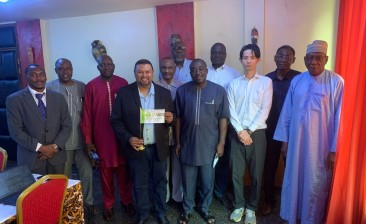Cameroon, June 2024
Boosting Rice Production in Cameroon: A Key Workshop for the Future
Rice has become a cornerstone of the African diet, especially in Cameroon, where it stands as one of the top consumed cereals after maize. Recognizing the growing demand and the limited success of the first National Strategy for Rice Development (SNDR1) from 2008 to 2018, Cameroon, with support from the Coalition for African Rice Development (CARD), launched the Rice Development Strategy 2022-2030. This ambitious strategy aims to produce 1,100,000 tons of paddy by 2030, meeting 97.2% of the projected white rice consumption needs. The strategy focuses on sustainable productivity growth, infrastructure improvement, climate resilience, and enhanced governance to attract private investment and boost agricultural training.
Workshop Objectives
A pivotal workshop was held at Hotel Toungou in Yaoundé from June 18-21, 2024, to prepare for the effective implementation of the Rice Development Strategy 2022-2030. The workshop aimed to:
- Develop detailed concept notes for projects to implement the S STRATEGIE DE DEVELOPPEMENT DE LA RIZICULTURE (SDR) 22-30 and advance the rice value chain in Cameroon.
- Propose an action plan for the Monitoring and Evaluation (M&E) study of the SDR 22-30.
Key Outcomes
Analysis of Gaps in Current Interventions
The Task Force (TF) used a Subsector Intervention Element Matrix (SIEM) to identify funding gaps in the SDR 22-30. This systematic assessment revealed areas needing targeted actions to meet the strategy’s goals.
Review of Concept Notes
The workshop led to the development of six comprehensive concept notes addressing key themes: intensification, irrigation, mechanization, storage and processing, access to finance and governance, and action research and extension. These concept notes, refined through collaborative review, are now ready for presentation to major partners such as FAO, World Bank, AfDB, and IsDB.
Consensus on Indicators and Data Collection Protocols
Participants agreed to monitor 12 CARD indicators across various dimensions, including overall production, resilience, industrialization, competitiveness, and empowerment. A baseline survey is scheduled for July to gather initial data on these indicators.
Engaging Development Partners
FAO emphasized the need for coherence between the SDR and its Hand-In-Hand initiative and supported the development of a regional strategy within the Economic Community of Central African States (CEEAC).
World Bank is enhancing agricultural development across Central Africa, with projects like the Benoué Development Project in Cameroon. The bank is keen to participate in regional strategy meetings to ensure local insights influence cohesive regional strategies.
AfDB is moving forward with the Central Plains Development Project, focusing on rice cultivation and advocating for competition to invigorate the sector. They plan to discuss financing opportunities for the developed concept notes in an upcoming stakeholder meeting.
IsDB is considering increasing its investment in the rice value chain in Cameroon, from €79 million potentially up to €194 million. They view the concept notes as essential inputs for their expanded program.
Next steps
The taskforce members have outlined the following activities to finalize the conceptual notes and indicators:
| Activity | Timeline | Responsibility |
| Finalization of concept notes | Within 3 weeks | TF CARD |
| Sharing concept notes with development partners and private sector | After finalization | TF CARD |
| Finalization of indicator table | Week of July 8 | Mrs. Aurelie |
| Sharing of Word and Excel formats for data entry | 1st week of July | Mrs. Aurélie |
| Data collection (baseline survey) | End of July | TF CARD |
| Integration of Revue Annuel du Secteur de la Riziculture (RASR) into the annual review of agricultural and rural development sector | September | MINADER/TF CARD/MINEPAT |
This workshop marks a significant step forward in implementing the Rice Development Strategy 2022-2030. It sets a clear path for future activities and emphasizes the importance of collaboration with key development partners to achieve Cameroon’s ambitious goals in rice production.
